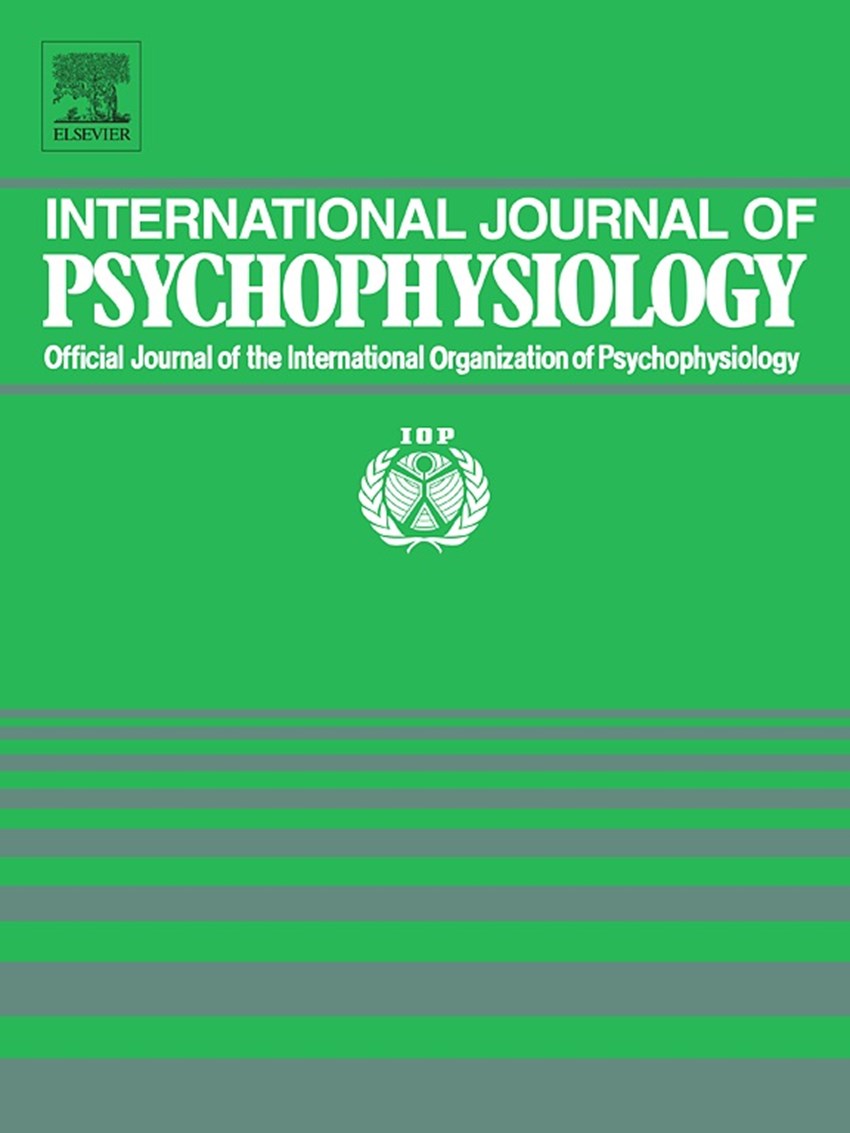Foi publicado o artigo Threat learning in space: How stimulus-outcome spatial compatibility modulates conditioned skin conductance response, na revista científica International Journal of Psychophysiology, no âmbito do projeto de investigação 47/20 - Fear in action: How Pavlovian fear learning shapes goal-directed motor responses. Os participantes completaram uma tarefa de condicionamento Pavloviano na qual estímulos visuais condicionados - ECs (quatro formas geométricas diferentes) apareciam no mesmo lado (compatível) ou no lado oposto (incompatível) do estímulo incondicionado (EI) (choque aversivo numa mão), enquanto era registada a resposta condutância da pele (RCP), servindo como índice de aprendizagem. Os participantes não foram previamente informados sobre que os estímulos estariam associados ao choque e tiveram de aprender a relação ECs-EI por experiência. Os resultados mostram que, antes de saber quais ECs prediziam o choque, os ECs compatíveis (ECs+) desencadearam maior RCP média do que os incompatíveis (ECs-). Por outro lado, durante a fase aquisição, quando os participantes aprenderam que ECs compatíveis e incompatíveis previam a administração de choque, a RCP aumentou tanto para os ECs+ como para os ECs-, indicando que a resposta condicionada foi adquirida com sucesso, independentemente da compatibilidade do EC. Além disso, no início da extinção, a resposta condicionada foi maior para ECs incompatíveis do que para compatíveis, mas foi extinta para ambos no final. Estes resultados sugerem que a compatibilidade espacial entre o estímulo e o resultado influencia a aquisição, a extinção e a recuperação do condicionamento aversivo.
ABSTRACT
A central question in Pavlovian conditioning concerns the critical conditions that drive the acquisition and maintenance of the stimulus-outcome association. The spatial relationship between the conditioned (CS) and unconditioned (US) stimuli is considered to exert strong effects on learning. However, how spatial information modulates Pavlovian learning remains mostly unexplored in humans. Here, we test how the compatibility between the CS and the US location influences the acquisition, extinction, and recovery (following reinstatement) of Pavlovian conditioned threat. Participants (N = 20) completed a differential threat conditioning task in which visual CSs appeared on the same (compatible) or opposite (incompatible) hemispace as the US delivery (aversive shock to one hand), while their skin conductance response served as an index of learning. Results show that initial threat expectations were biased in favor of compatible CSs before conditioning. Nevertheless, this bias was revised during acquisition to reflect current stimulus-outcome contingencies. Computational modeling suggested that this effect occurred through a higher reliance on positive aversive prediction errors for incompatible CSs, thereby facilitating learning of their association with the US. Additionally, the conditioned response to incompatible CSs was associated with initially slower extinction and a greater recovery after threat reinstatement. These findings suggest that spatial information conveyed by stimuli and outcomes can be flexibly used to enact defensive responses to the current source of danger, highlighting the adaptive nature of Pavlovian learning.





























































































